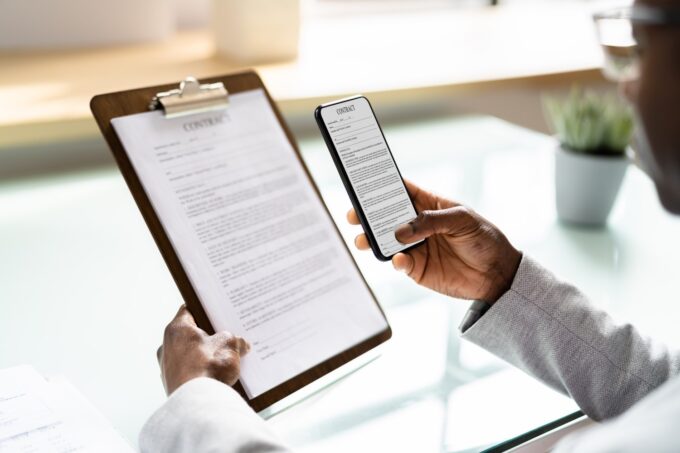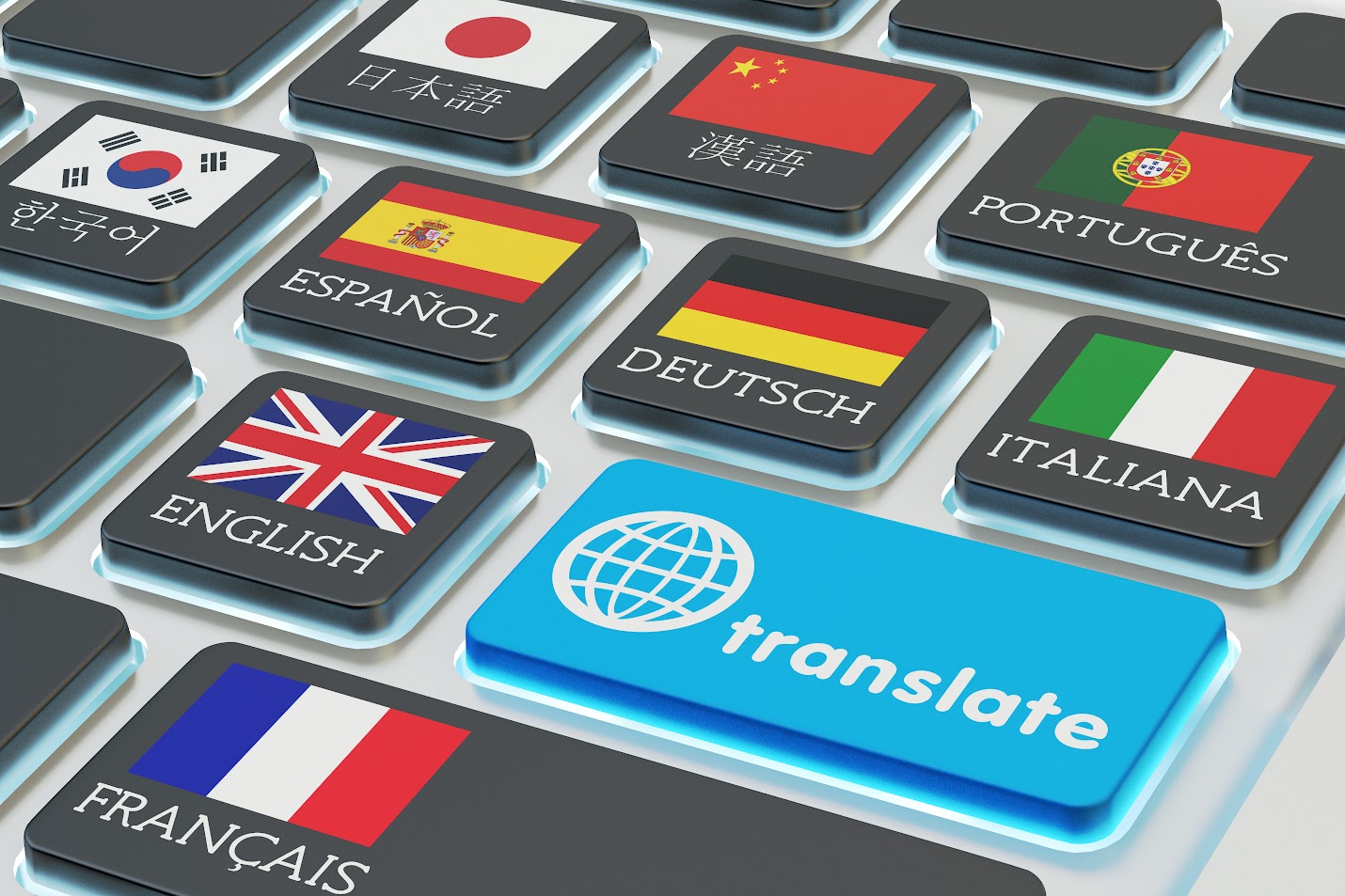The translation of business documents plays a crucial role in transmitting information across linguistic and cultural boundaries. This proficiency extends beyond language skills and involves grasping industry jargon and a dedication to maintaining the integrity of the original message.
On the other hand, poorly transcribed business document translations can result in misunderstandings, legal complications, harm to a company’s reputation, and financial losses. So, how should a business owner go about this process right?
This article explores the challenges and strategies in translating business documents to ensure precision, coherence, and cultural relevance.
Use Professional Translators
Hire translators fluent in the target language with expertise in the relevant industry. For instance, you can hire English to Spanish translation services specializing in legal, medical, technical, or other fields.
When selecting a service, prioritize native speakers of the target language for their natural grasp of intricacies, idioms, and cultural references, ensuring effective communication while preserving the original tone and style.
Maintain Consistency
Consistency prevents misinterpretation, enhances accurate communication, and improves the document’s credibility. Consistent terminology facilitates translation, streamlines editing, supports standardization, and promotes reader engagement.
Use Technology Wisely

Effective utilization of translation memory tools in business documents offers efficiency gains, cost-effectiveness, and consistency. These tools store and reuse previously translated content, saving time and resources.
However, a cautious human review is paramount. Automated tools may lack context sensitivity, struggle with industry-specific terminology, and miss cultural nuances. Human oversight ensures accurate translations by addressing these challenges, contributing to overall quality assurance. Additionally, human review becomes essential in industries with legal and compliance considerations to verify adherence to regulations.
Balancing technology with human expertise ensures that translated content aligns with the intended meaning, cultural appropriateness, and legal requirements, providing a reliable and high-quality outcome for business documents.
Proofread Thoroughly

Proofreading thoroughly involves a detailed document review by native speakers or experienced editors to correct grammar, punctuation, spelling, and stylistic errors. This process goes beyond fixing typographical mistakes, encompassing an overall structure and coherence assessment. The goal is to enhance professionalism and readability, ensuring adherence to prescribed writing conventions.
Stylistic elements such as vocabulary, tone, and formatting elevate the document’s quality and impact. Proofreading signifies a commitment to communication excellence, acknowledging the importance of presenting information error-free.
This meticulous process guarantees effective and precise communication by providing a final layer of refinement before dissemination or publication, whether for academic, professional, or personal purposes.
Consider Cultural Nuances
When translating business documents, it is vital to consider cultural nuances for effective communication. Cultural differences influence language interpretation, requiring a tailored approach to avoid misunderstandings or unintended offense. Translators must be sensitive to language connotations and select words that align with the cultural context.
Adapting content to the local context ensures relevance and positive reception. Recognizing diverse communication styles is crucial, as some cultures prefer directness, while others value indirect and nuanced approaches. Understanding and adhering to varying business etiquette, whether formal or informal, enhances professionalism.
Visual elements, such as graphics and colors, should also align with cultural preferences to convey messages accurately. Additionally, ensuring compliance with local legal and regulatory frameworks is essential to prevent legal issues and maintain the business’s reputation.
Provide Reference Materials
Supplying reference materials is essential for maintaining consistency in language and style during content creation. These materials, including industry-specific glossaries, style guides, and previous documents, serve as valuable guides for translators and content creators. Ensuring terminology consistency, adhering to style guidelines, and considering cultural nuances are vital aspects.
Regular updates to these references accommodate evolving language trends and industry changes. This practice fosters a cohesive and professional communication strategy across diverse documents and languages, enhancing the overall quality and effectiveness of the content.
Ask Questions

Seek clarification from the original author or subject matter expert. This practice involves actively seeking clarification from the original author or subject matter expert to address ambiguities, resolve uncertainties, and obtain additional insights.
By posing targeted questions, content creators can refine their understanding of complex topics, align with the author’s intent, and bridge knowledge gaps. This approach enhances the final product’s quality and fosters collaboration between creators and experts. It is a proactive strategy to overcome potential misinterpretations and ensures that the content accurately reflects the intended information or message.
Test the Translation
Testing translated business documents is crucial for effective communication. A pilot test with a small group of target audience members is a quality assurance step, ensuring that the translated content conveys the intended message and resonates appropriately. This involves gathering feedback on comprehension, cultural appropriateness, and overall effectiveness.
Incorporating real audience feedback enhances the accuracy and impact of translated documents, aligning them with the expectations and cultural nuances of the intended audience. This proactive approach minimizes the risk of miscommunication and ensures the success of the communication strategy.
Legal and Compliance Check
Conducting a legal and compliance check is essential when preparing documents with legal implications. This involves ensuring accuracy in legal terminology, tailoring content to specific jurisdictions, and adhering to industry-specific regulations. Considerations for data privacy, translation accuracy, and periodic reviews to accommodate legal changes are crucial.
Engaging legal professionals for document review adds an extra layer of assurance. Maintaining clear documentation of compliance measures is important for record-keeping and potential legal scrutiny.
Formatting and Layout
Careful attention to formatting and layout is crucial for visual integrity and effective communication in document creation. A well-designed format enhances visual appeal, aids readability, and establishes hierarchy. Consistency in fonts, colors, and styles reinforces brand identity, while accessibility considerations ensure inclusivity. Adequate white space prevents visual clutter, and adaptability across different mediums is essential. Testing on various platforms ensures a seamless user experience.
Final Review by Stakeholders

This step is essential for ensuring accuracy, alignment with objectives, legal compliance, consistency with company policies, overall quality assurance, diverse perspectives, risk mitigation, enhanced clarity, and stakeholder buy-in. This process helps identify errors, ensures the document’s compliance with regulations, and incorporates diverse perspectives for a more comprehensive and polished final product.
Conclusion
Recognizing the importance of accurate business translations, understanding associated challenges, and implementing effective strategies enable businesses to enhance international communication, mitigate risks, and build trust with diverse stakeholders. Don’t hesitate to seek the help of expert translators to avoid compromising your business transactions.












